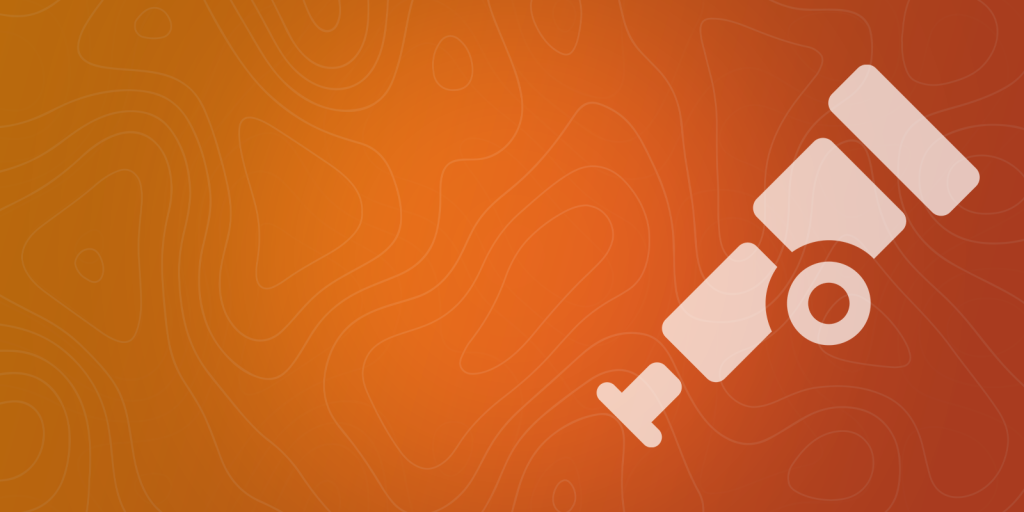If you research modern observability solutions to manage multi-cloud and hybrid IT environments, you will inevitably learn about OpenTelemetry (OTEL or OTel). The technology has become so rampant that dev or ops professionals still unaware of it are afraid to ask what it actually means.
Fret not, as we’ll describe it for you here. OpenTelemetry is an open-source observability framework that aims to enable IT teams to instrument, generate, collect, and export telemetry data (logs, metrics, and traces) to analyze the performance and behavior of an IT system.
Observability enables us to understand what’s happening in an IT system by looking at external telemetry data. OpenTelemetry aims to standardize how the data is collected and processed across various platforms.
As an incubating project of the Cloud Native Computing Foundation (CNCF), OTel provides a uniform set of vendor-agnostic APIs and libraries to collect and transfer data.
The data needs to move through different systems for monitoring, security, networking, and more. Since the CNCF undertaking is open-source, the endgame is to make telemetry data collection more system-agnostic than it is today.
Why do we Need OpenTelemetry Now?
It’s not new to collect application and software system data. However, data formats and processes can likely and largely vary within an organization, creating a nightmare for developers and SREs who want to keep a tab on the IT environment’s health and ensure services and applications run smoothly.
OTel brings a standard to add observable instrumentation to cloud-native services and applications. This way, organizations spend less time creating a system to collect critical data and more time delivering new features.
A lack of standardization introduces expensive overhead for vendors, customers, suppliers, partners, and manufacturers. OpenTelemetry eliminates that hassle. Once an application generates OTel-compliant data, it can be fed into any monitoring/observability platform that supports OpenTelemetry.
Kubernetes developed into a standard for container orchestration, akin to what OpenTelemetry can achieve for observability. Open Telemetry is an urgent need in growing organizations that would otherwise grapple with diverse and massive data siloed across many monitoring tools, too hard to bring together for a holistic visibility into IT health, which defeats the purpose of observability.
What is CloudFabrix Observability Data Modernization Service (ODMS)?
Now, what if your applications and services don’t generate OTel-compliant data? How can you get on this bandwagon to the future that is OpenTelemetry?
This is where CloudFabrix Observability Data Modernization Service comes in. It converts telemetry data from proprietary formats to OTel-compliant standards. This modernization service allows companies to evolve into new standards, such as OTEL, without throwing away existing legacy systems.
CloudFabrix ODMS considers the reality that many organizations are locked-in with applications and libraries that don’t use OTEL standards yet. Thus, we support these workflows in the following way-
- ODMS for any OTel backends – Applications and libraries that don’t support OTEL can use Robotic Data Automation Fabric (RDAF) bots to transform and ingest OTel-compliant data into an OTel collector. Then, these signals can be exported to any OTEL backends. Topology information required for service maps can be ingested using metadata and used by any OTEL backend for insights, visibility, and actions for non-OTel deployments.
- ODMS for CloudFabrix Data-centric AIOps backend – An OpenTelemetry collector ingests cross-domain MELTs into RDAF at the edge and across hybrid and multi-cloud deployments using generic exporters. Data-centric AIOps function then runs composable pipelines, in-place search, services, and dashboards. RDAF uses OTel attributes to build cross-domain context with impact maps and application dependency. AIOps, FinOps, Log Intelligence, and other custom services leverage this context to provide actions and insights. ODMS supports both workflows in parallel.
“Open Telemetry support furthers our vision of Data-centric AIOps, converging operational domains – Observability, Security and Networking around data. Our Robotic Data Automation Fabric complements OTel and enables eco-system partner backends and customers on a path to OTel adoption,” said Bhaskar Krishnamsetty, Chief Product Officer at CloudFabrix.
One of the most beneficial features of CloudFabrix ODMS is that it’s a plug-and-play solution. Any organization wanting to get a jumpstart on adopting open telemetry standards can leverage the modularity of CloudFabrix ODMS without having to install an end-to-end proprietary system.
This also benefits companies in avoiding vendor lock-in. And, for us, this is the true essence of open telemetry.
Why Should Organizations Use an Observability Data Modernization Service?
Organizations heavily invested in proprietary monitoring and observability systems don’t have to sit back and watch the industry pass them by. With CloudFabrix ODMS, they can walk toward the change while protecting their investment.
These organizations can move toward a standardized approach while avoiding vendor lock-in. This is akin to getting the best of both worlds. Our clients get to maintain their existing legacy systems while also benefitting from a modern and open-standards-based approach.
CloudFabrix ODMS is for organizations that want-
- Uniformity in their diverse data across platforms
- Vendor neutrality
- A plug-and-play data modernization capability
- Judicious use of their team’s hours
- No blind spots or data silos
- Maximum visibility across the IT environment
- The flexibility to change backend observability solutions as the industry evolves
Before adopting open telemetry, organizations are limited to a set of data sources and data formats. They are invested in multiple monitoring apps, each with its own standards and processes. IT operations teams miss out on a high volume of important data that would cause an expensive overhead to bring in for processing. And custom integrations are nearly impossible.
OpenTelemetry solves those challenges and enables a host of positive changes in an organization. Learn more about CloudFabrix Observability Data Modernization Service here.
Who Benefits from Observability Data Modernization Service in an Organization?
Customer experience is a differentiating factor in this digital age, where customers require a seamless and uniform experience across help desk, support, mobile apps, and other systems.
This is near impossible to achieve without holistic observability. To ensure a smooth CX, companies need to generate high-volume telemetry data from various systems and applications, standardize it for interoperability, make it accessible to various stakeholders, and promote decision-making across hierarchies.
ODMS benefits everyone associated with an organization. It directly helps IT operations, development, and SRE teams but indirectly touches every facet of a growing modern organization.
Today’s digital value chain demands observability and contextualization of data and a departure from traditional monitoring systems. Open telemetry can enable coherence in an otherwise siloed IT environment. Any information that falls through the cracks in a traditional IT system becomes accessible and useful for decision-makers with open telemetry.





